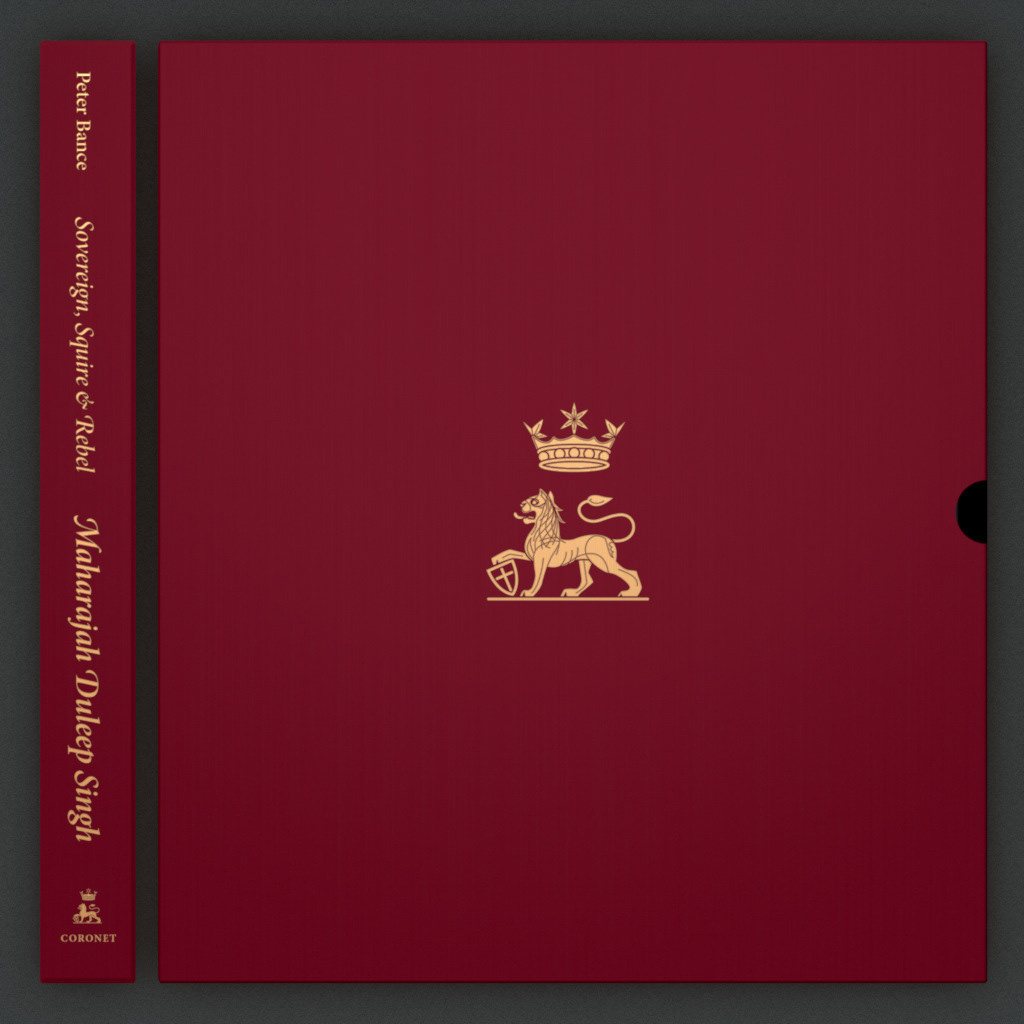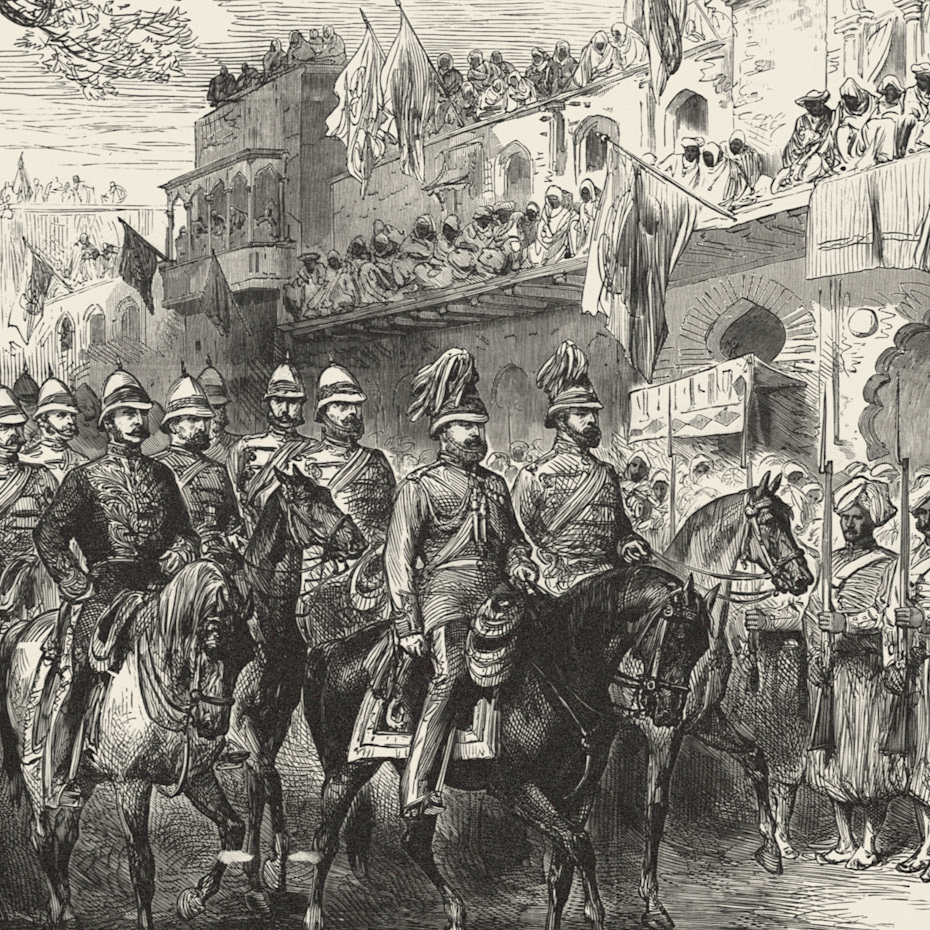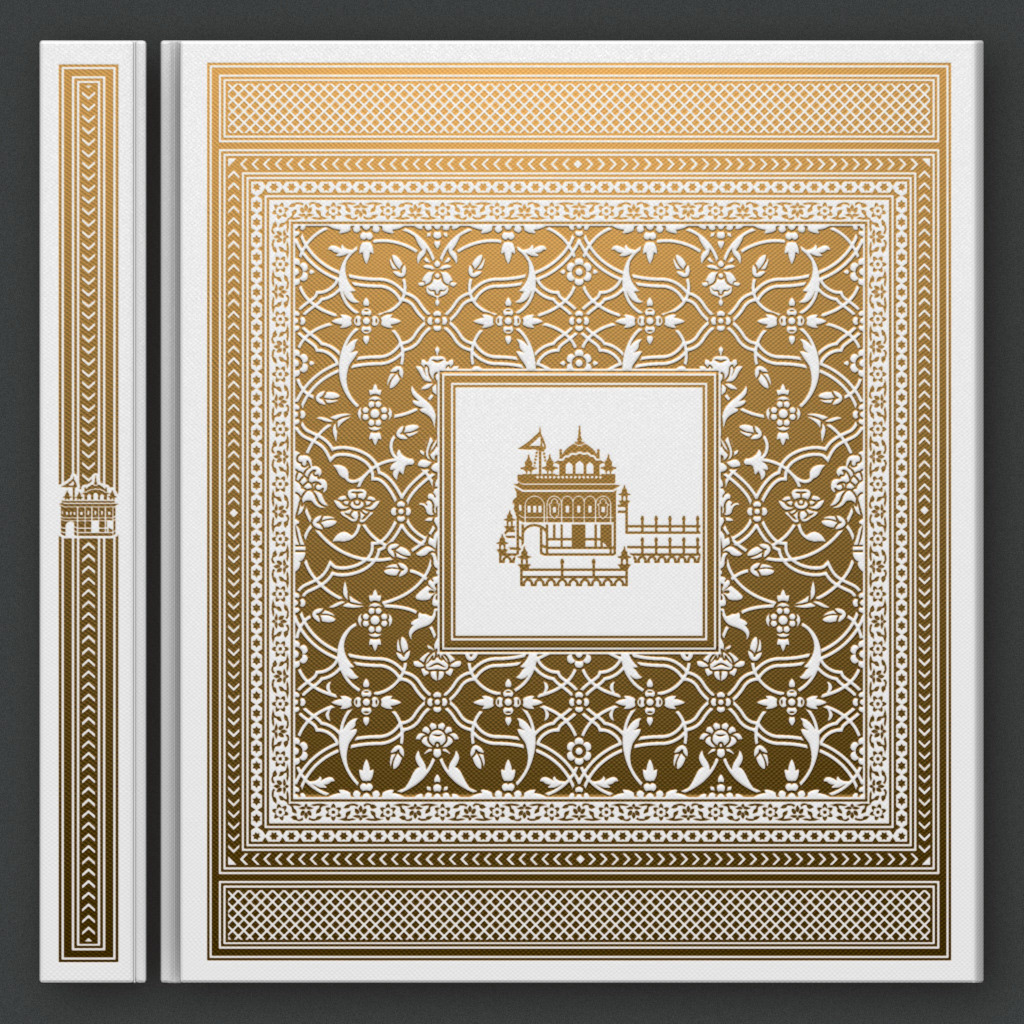Background
The preeminent spiritual site of Sikhism; the Golden Temple of Amritsar is part of a living culture, catering for over 100,000 people visiting the shrine daily. Since 1588 the shrine, causeway and surrounding buildings have been adapted or redeveloped.
To recreate the period building facades, Juga relied on the earliest illustrations and photography from international private and public collections, combined with the measurements as part of the 2004 UNESCO World Heritage Site application. The reconstruction encompassed an internal perimeter of one kilometer, covering 4.8 hectares of the Golden Temple complex, with over 100 key historic locations. The choice of a transparent medium signaled the complex changes to the earlier material culture.
The 2.4 metre square finished model of the temple, buildings and details were laser cut in clear transparent cast perspex. The centred, polygonal resemblance of the shrine was designed with face projections which were cut, etched and intermeshed; the surrounding building facades cut, etched and slotted to stand upright onto a base in black cast perspex.
Outcome
Installed as the lower gallery centrepiece and faced on three sides with large early photography of the site. The focal point for the 100 curator tours; the shape and size of the model allowed exhibition tour groups / private tours / school visitors to encircle the model creating a direct eye-line with participants. The exhibit enhanced audience engagement with: understanding the development of the landmark site and; the artistic legacy of the Punjab Kingdoms, their collapse and dissolvement into the British Crown.
Juga’s design of the model, exhibition and accompanying book shared a common impetus to create an enriched audience experience. The exhibition received 21,000 visitors, the feedback was overwhelmingly positive; creating an effectual brand image for both the featured private collection and sponsor organisation.










